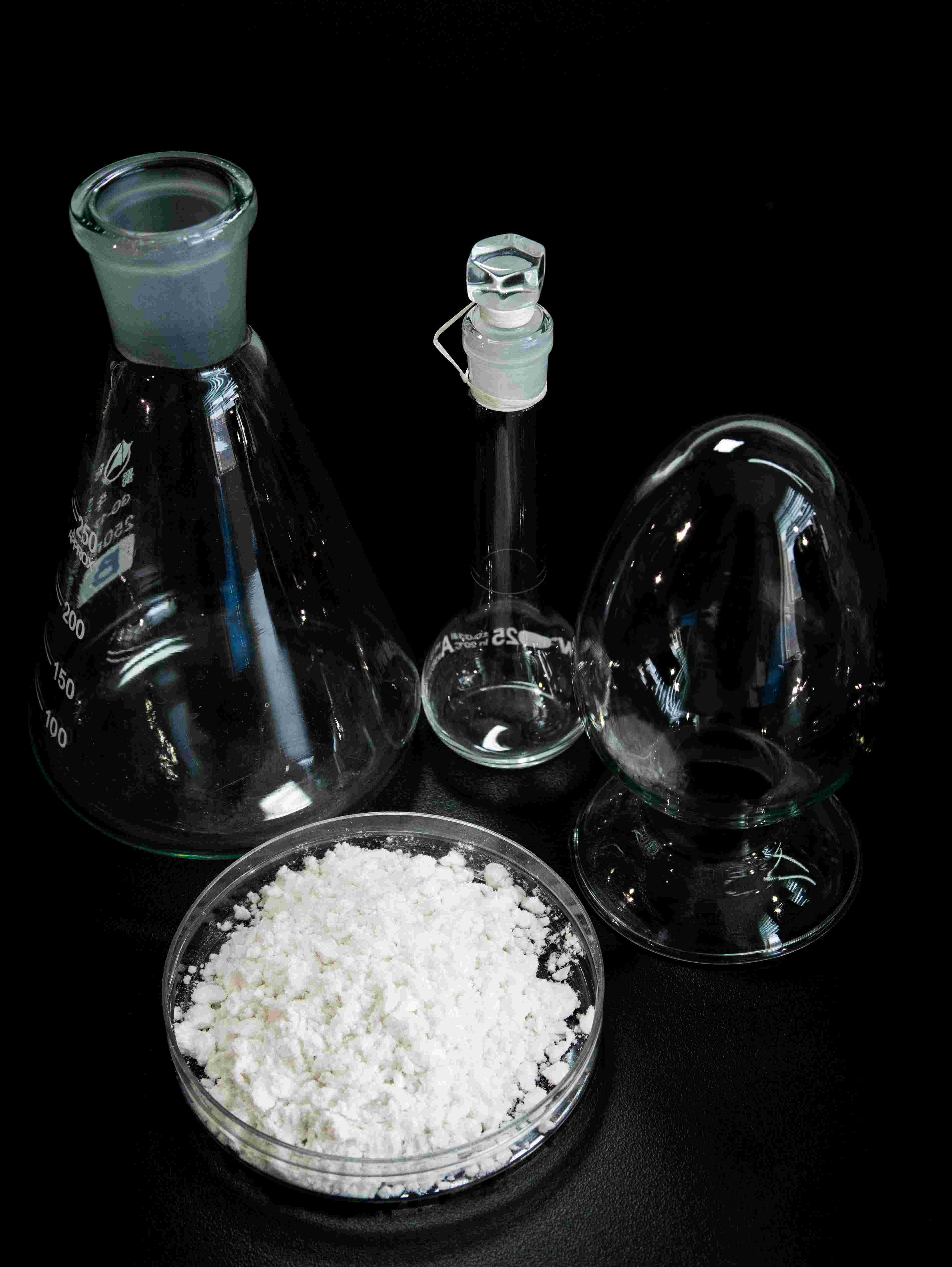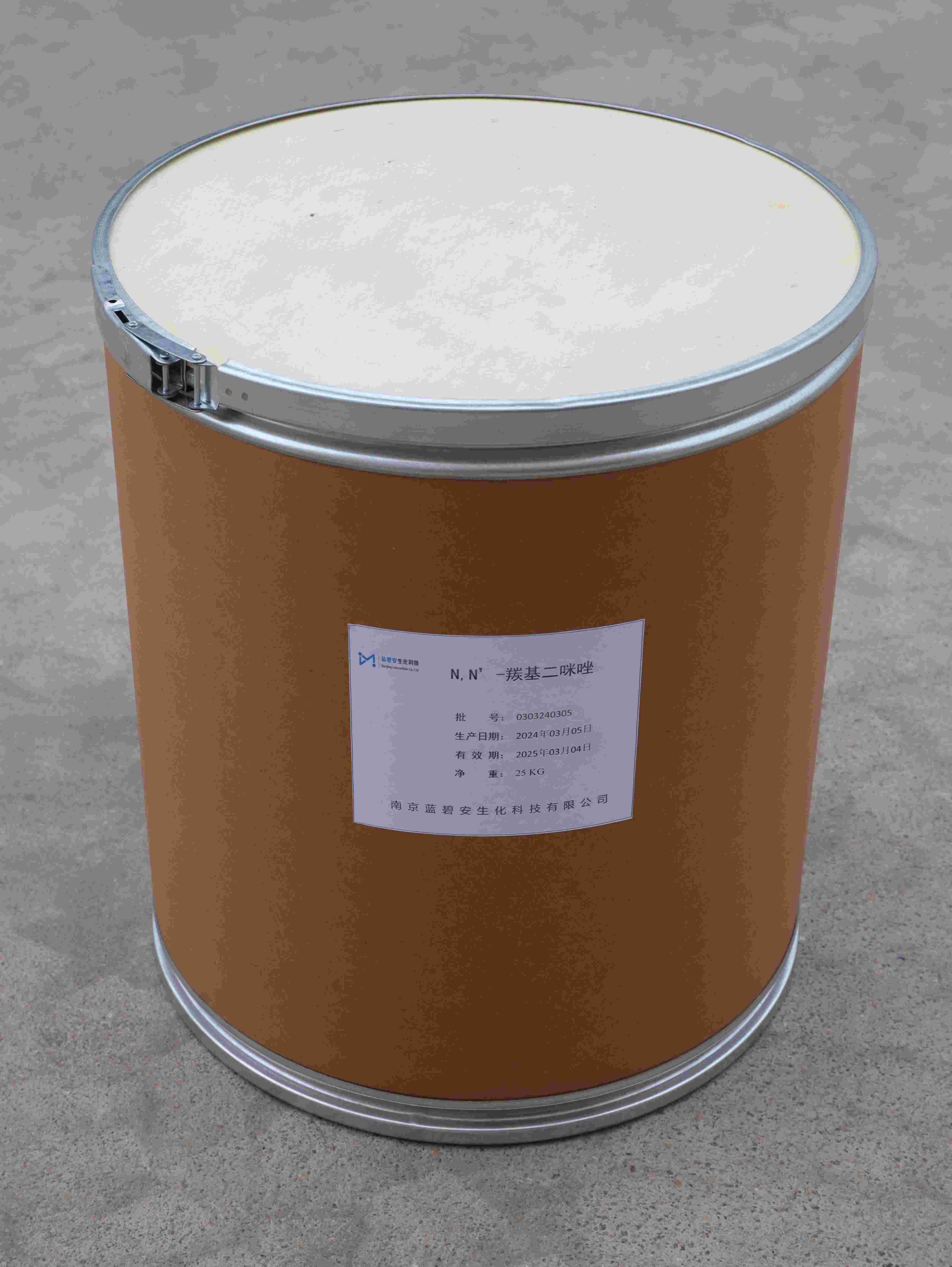Efficient Chemistry Through Carbodiimide Reagents
Amide bond formation is a fundamental transformation in organic synthesis, particularly in peptide chemistry and pharmaceutical development. The formation of an amide bond typically involves the coupling of a carboxylic acid with an amine. Various coupling agents have been developed to facilitate this reaction, but among them, carbonyldiimidazole (CDI) has gained significant attention for its efficiency, simplicity, and broad applicability.
CDI stands out as a coupling reagent due to its balanced reactivity and mild reaction conditions. While many alternatives exist, such as EDC, DCC, or HATU, CDI offers unique advantages that make it a preferred choice in both academic and industrial settings. This article explores the specific benefits of using CDI in amide bond coupling, detailing its mechanism, compatibility, and practical implications.
Fundamental Properties of CDI
Chemical Structure and Reactivity Profile
Carbonyldiimidazole (CDI) is a white crystalline solid that reacts readily with carboxylic acids to form reactive intermediates suitable for nucleophilic attack. Structurally, CDI contains a central carbonyl flanked by two imidazole rings. This structure facilitates activation of the carboxylic acid via formation of an acyl imidazole intermediate, which then reacts with amines to form the desired amide bond.
The reaction of CDI with carboxylic acids does not generate strongly acidic or basic by-products, which is advantageous in sensitive synthetic pathways. Its moderate reactivity allows for controlled coupling, minimizing unwanted side reactions and degradation.
Solubility and Handling Benefits
CDI is soluble in a variety of organic solvents such as DMF, DMSO, THF, and dichloromethane, making it adaptable to different reaction systems. It is relatively stable under ambient conditions and can be weighed and transferred without specialized equipment. This ease of handling enhances its practical utility, especially in high-throughput or scale-up synthesis environments.

Mechanistic Advantages in Amide Bond Formation
Formation of Reactive Intermediates
When CDI is mixed with a carboxylic acid, it forms an acyl imidazole intermediate, which is highly reactive toward nucleophilic amines. This mechanism bypasses the need for in situ activation or strong acid/base conditions, simplifying the overall procedure. The intermediate is more stable than other activated species like acyl chlorides, allowing greater control over the reaction progress.
In contrast to traditional methods that generate unstable or highly reactive intermediates, the CDI route offers a more controlled pathway that reduces side product formation. This selectivity is particularly important when working with complex or multifunctional molecules.
Compatibility with Functional Groups
One of CDI’s key strengths is its broad compatibility with functional groups. It can be used in the presence of alcohols, ketones, esters, and even unprotected hydroxyl groups without significant interference. This allows chemists to perform selective amide couplings in multifunctional compounds without the need for extensive protecting group strategies.
The mild reaction conditions further support compatibility with delicate substrates, making CDI a valuable tool in total synthesis, medicinal chemistry, and natural product modification.
Practical Benefits in Laboratory and Industrial Settings
Scalability and Yield Optimization
CDI-mediated reactions often proceed with high efficiency and yield, making them suitable for both small-scale laboratory use and large-scale industrial synthesis. The reproducibility of CDI coupling reactions allows for straightforward scale-up with minimal modification to reaction parameters.
Moreover, the by-products of CDI reactions, primarily imidazole and carbon dioxide, are easy to separate and pose minimal environmental and operational hazards. This reduces the purification burden and contributes to cleaner reaction profiles.
Cost-Effectiveness and Availability
Compared to some modern coupling agents, CDI is relatively inexpensive and commercially available in bulk quantities. This cost advantage makes it a practical choice for routine synthesis, particularly in applications that require large volumes of coupling reagent.
Its long shelf life and low toxicity also contribute to overall cost savings, as it reduces the need for specialized storage or waste disposal protocols.
Environmental and Safety Considerations
Cleaner Reaction By-Products
CDI reactions primarily generate imidazole and carbon dioxide as by-products. These substances are considerably less hazardous than the urea derivatives formed in DCC-mediated reactions or the more complex residues from HATU or PyBOP.
This cleaner profile supports greener chemistry principles by reducing toxic waste, lowering environmental impact, and simplifying workup and purification procedures.
Reduced Risk of Allergenic or Hazardous Residues
Some coupling agents are associated with allergenic or irritant by-products. CDI, however, is considered to have a more favorable safety profile. Its by-products are relatively benign, and the risk of residual contamination in final products is lower.
This safety aspect is especially relevant in pharmaceutical synthesis, where regulatory compliance and product purity are paramount.
Applications Across Multiple Disciplines
Use in Peptide Synthesis
In peptide chemistry, CDI serves as a reliable coupling reagent, especially for coupling of carboxylic acids with less reactive amines. Its ability to work under mild conditions and without racemization is valuable in preserving the stereochemical integrity of peptides.
CDI also allows for the incorporation of non-standard amino acids and other building blocks that might be sensitive to traditional peptide coupling reagents, making it a versatile tool in custom peptide design.
Small Molecule and Material Science Applications
Beyond peptides, CDI is widely used in small molecule synthesis, including drug development and agrochemical design. It enables the construction of amide linkages in complex molecules with high efficiency.
In material science, CDI plays a role in functionalizing surfaces or linking polymers, offering consistent reactivity and functional group tolerance. Its application in immobilizing biomolecules onto surfaces has also found utility in bioengineering and diagnostics.
Frequently Asked Questions
What are the key advantages of CDI over traditional coupling reagents?
CDI offers cleaner by-products, milder reaction conditions, and greater compatibility with sensitive functional groups compared to traditional reagents like DCC or EDC.
Is CDI suitable for use in aqueous or partially aqueous systems?
CDI is generally more effective in anhydrous or organic solvent systems. However, limited aqueous compatibility is possible in the presence of certain co-solvents and optimized conditions.
How do I handle CDI safely in the laboratory?
CDI should be used in a well-ventilated area with standard personal protective equipment. Although it is relatively safe, contact with moisture should be minimized to prevent premature reaction.
Can CDI be used in automated synthesis platforms?
Yes, CDI is compatible with automation due to its stability, solubility, and straightforward handling, making it ideal for high-throughput synthetic workflows.

